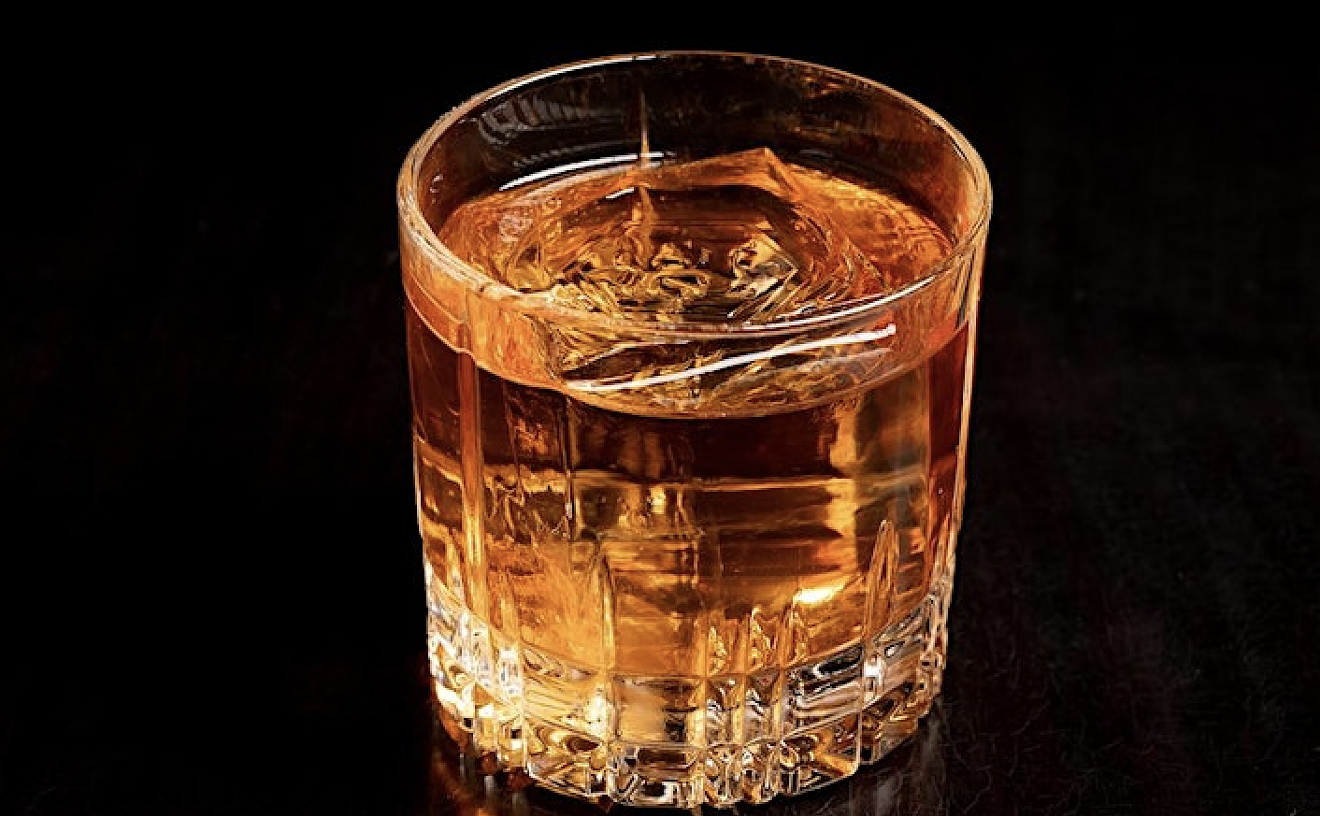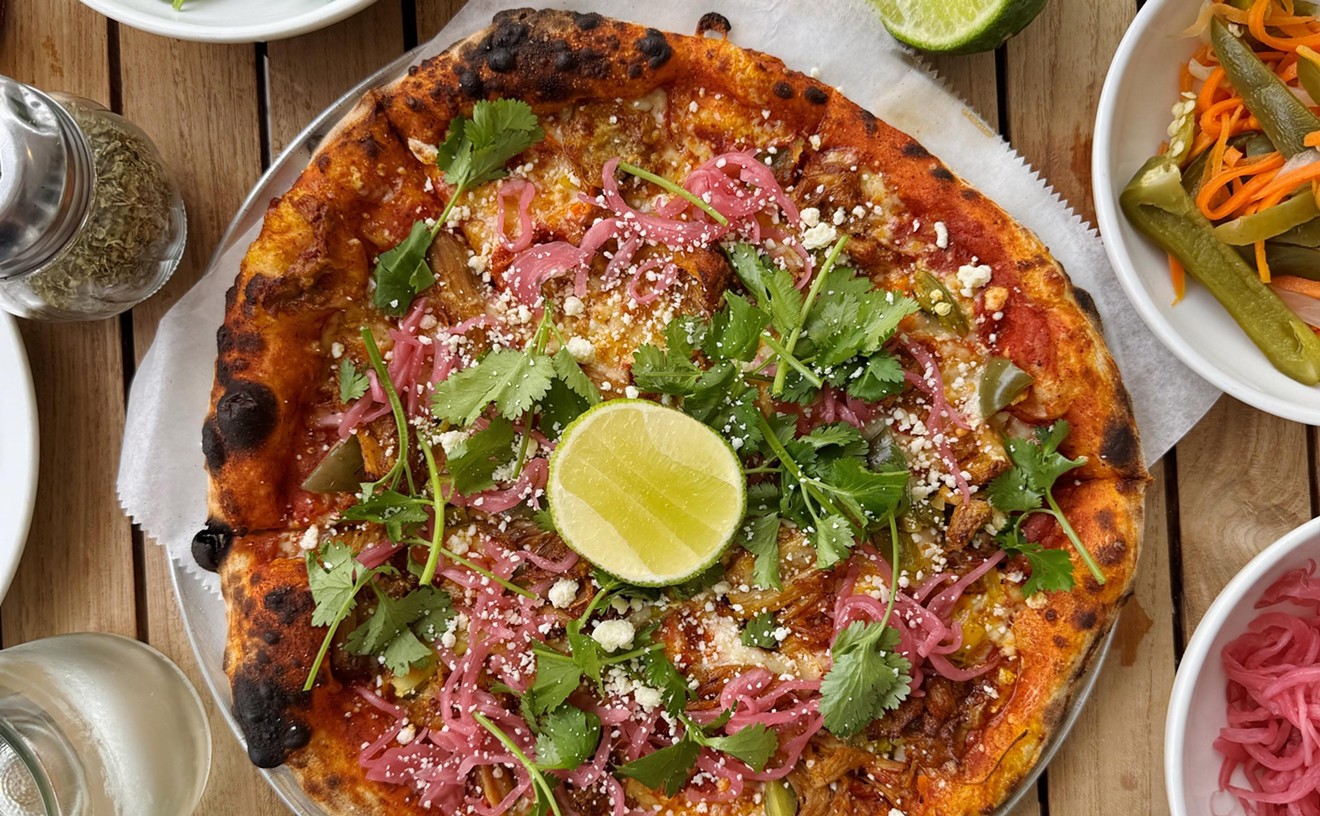Then he surprised us by announcing that not only did he adore choucroute, he is enamored of his girlfriend. For that love he credits choucroute, since he met her during February over a plate of the stuff.
Hmm. It's not that I doubt his sincerity, but on first contemplation, sauerkraut doesn't appear to be much of an aphrodisiac. If anything, briny cabbage seems about as romantic in the bedroom as, well, refried beans.
Some research has revised my thinking, however. Yes, raw cabbage is notoriously hard to digest, which is precisely why sauerkraut came into being. The curing process, while removing some valuable nutrients, also breaks down those pesky fibers that can irritate a sensitive colon. Cooking choucroute might produce some initially unsavory aromas, but eating it probably won't -- unless, of course, you're digestively challenged (and we'll leave it at that).
And while choucroute might appear to be the last dish on Earth that should used as a tool of passion, noted gastronomist Jean Anthelme Brillat-Savarin emphasizes in his epic tome The Physiology of Taste that taste is a "chemical operation which is accomplished ... by moisture. That is to say, sapid [pleasant-tasting] molecules must be dissolved in no matter what kind of fluid, so that they may then be absorbed by the sensitive projections, buds, or suckers that line the interior of the apparatus for tasting." Later, he clarifies: "Pure water awakens no sensation of taste, because it contains no sapid bodies. But dissolve a pinch of salt in it, or add a few drops of vinegar, and the sensation will occur."
Choucroute is cooked in vinegar's more sophisticated cousin --wine (such as Riesling, Pinot d'Alsace, or Gewürztraminer) -- and sometimes beer; both Alsatian wines and beers are highly coveted drinks, recognized as some of the best in the world. Clearly we're talking about a lot of respected sapid bodies, and certainly the palate is ripe for the seduction.
So much for the sauerkraut. But what about its garnishes? At the dinner Lajaunie served us choucroute garnie, an assortment of delicious smoked pork breast and ham hock; boudin blanc (white veal sausage); and saucisse de Strasbourg (frankfurter). Larousse Gastronomique puts forth the notion that Alsace's Benedictine monks, who were experts at raising fish, turned their hands to breeding pigs. As a result the pork trade became big-time in Strasbourg (the capital city of Alsace) and its butchers renowned. In short you can't go wrong with this unless you've forgotten to bring an appetite. But those who are picky about porcine might choose instead to rely on the choucroute de canard, which offers all duck products (foie gras, sausage, confit, and gizzards), or the choucroute de poisson (seafood sausage, smoked salmon sausage, monkfish, sea scallops, smoked herring, and salmon caviar).
February also appears a particularly apropos month to highlight choucroute -- lovers of the dish agree with John Lanchester, who writes in The Debt to Pleasure that "winter presents the cook with a similar combination of threat and chance.... One wants to be warmed, true, but one also wants to be reminded of better times, to feel the onset of dawn in the darkest hour that immediately precedes it." A tad dramatic, perhaps, to apply such a metaphor to what amounts to a basic peasant-style dish known in its more common, Irish form as corned beef and cabbage. But admittedly the golden yellow of the choucroute is just a little bit sunny, a necessity when "the basic opposition of order and disorder which underlies all structured eating is more keenly apparent in winter, when the hoot of an owl is so easily mistaken for the wail of the banshee, and impossible monsters lurk in the wavering shadows," as Lanchester opines.
'Course we're planted down here in the subtropics, which seem this winter determined to rebut all possible cold fronts and keep us bathed in breath-stealing humidity. A heavy Northern meal could sound particularly unappealing. In that case skip the meat, I say, and stick with the kraut. For nutritional reasons sauerkraut is already a vegetarian's most reliable friend. Might as well make a true commitment at Les Halles. Then we can all follow M.F.K. Fisher's sound advice: "There are many ways to love a vegetable. The most sensible way is to love it well treated. Then you can eat it with the comfortable knowledge that you will be a better [person] for it, in your spirit and your body too, and will never have to worry about your own love being vegetable."









